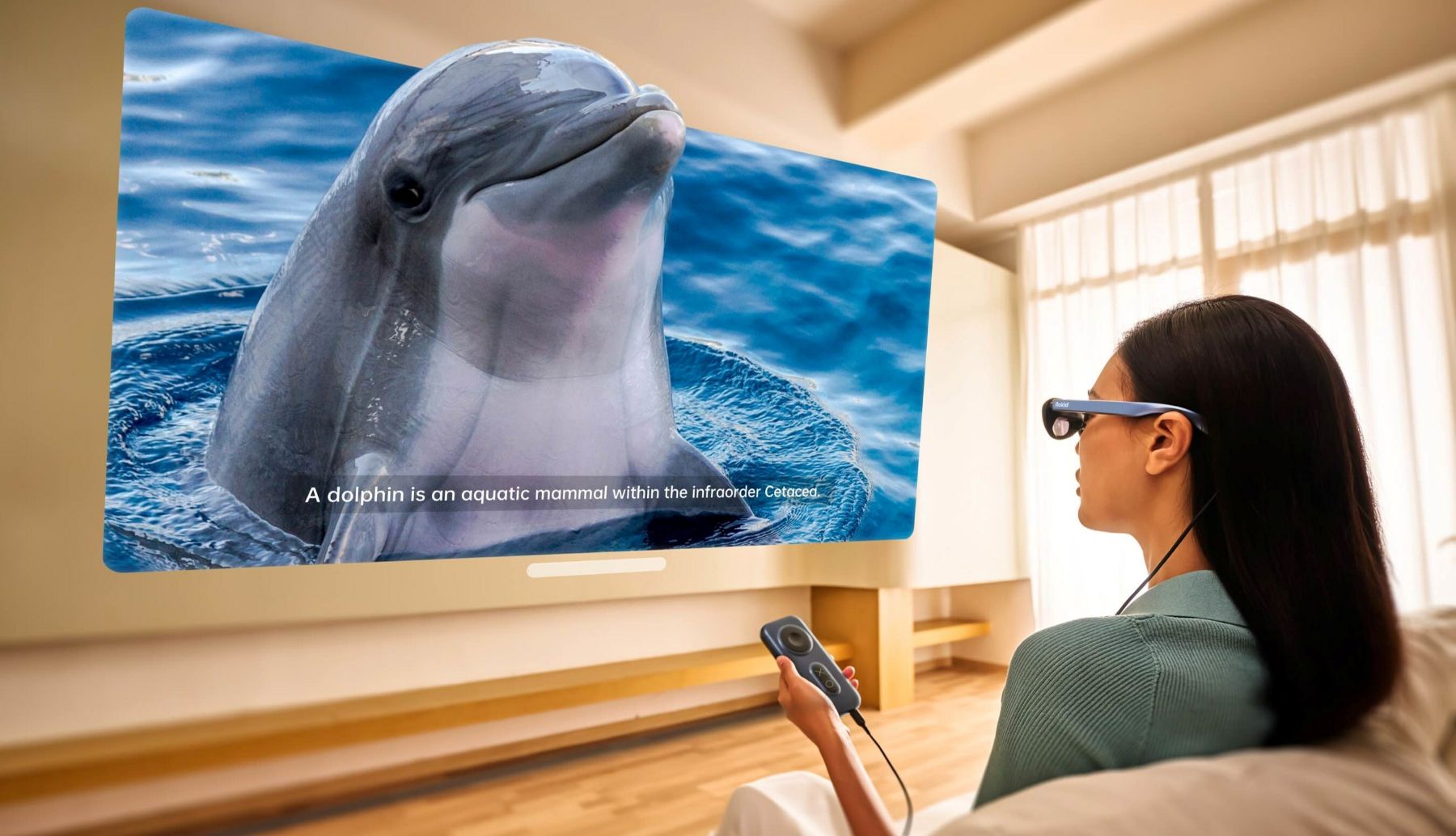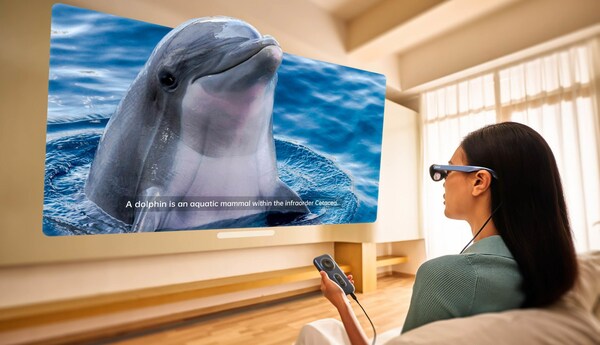Seeing the World Through a New Lens: Rokid’s AR Line Focuses on User Experience

Augmented reality (AR), the technology that brings digital information into the physical world, has come a long way. What seemed like science fiction just a decade ago is now becoming increasingly commonplace. As technology has advanced, AR products have become more powerful, affordable and user-friendly. Despite their growing capabilities and accessibility, however, not all consumers have yet felt the need to buy them. This is a perception that Rokid, a company dedicated to advancing AR technology for the masses, is trying to counter.

The case for AR
Founded in 2014, the Chinese AR start-up has risen to fame as a leading purveyor of enterprise and consumer AR products. Mingming Zhu, Rokid’s founder and chief executive officer, emphasizes that to boost the adoption of AR, it’s critical to make the products more user-friendly and pragmatic. Innovators need to prioritize functionality over novelty, he says, and prioritize the user experience above all else.
As AR gains purchase among consumers, Rokid is addressing the market through two sets of products.
The first is the Rokid Joy Pack, which includes the Rokid Station and Rokid Max AR glasses. This package offers an affordable and accessible way for people to experience AR. It supports both 2-D and 3-D movies, providing users with a sense of familiarity while enabling them to experiment with AR content. The system is also plug-and-play to allow users to jump into the action. As a portable Android TV device for AR glasses, Rokid Station brings apps and games to the virtual screen with Google Play. Users can download favorite apps and games, including streaming platforms like Hulu and Disney+. While the Rokid Max AR glasses are compatible with smartphones, Zhu notes that 90% of Joy Pack purchasers prefer the seamless experience of using them with the Rokid Station.
While the Rokid Joy Pack lets consumers dip their toes into AR, the Rokid AR Studio spatial computing suite invites them to dive right in. Zhu explains that the AR Studio is designed for early adopters or tech enthusiasts who want to experience the best the AR industry currently has to offer. It may be more expensive, but provides a glimpse of what the future with AR will look like.
Specs and features
The Rokid AR Studio includes the Rokid Max Pro AR glasses and Rokid Station Pro computing unit. From its powerful hardware to the self-developed YodaOS-Master operating system based on the Android Open Source Project (AOSP), every aspect of the Rokid AR Studio has been crafted to deliver a true AR experience. Special features include six degrees of freedom for head tracking, hand-gesture recognition through a single camera on the Max Pro and a software interface tailored for AR environments. It also boasts a vibrant open app ecosystem, and Rokid has released software development kits to make it easy to develop on its platform.
A major feature of the Rokid AR Studio is the display design, which is based on optical see through (OST) as opposed to video see through (VST) technology. In essence, OST projects the digital information onto a transparent display, while VST encloses the user’s vision and streams the surrounding environment to the screen through external cameras. Compared with VST, OST grants users total awareness of their surroundings at all times. This enables a feature Rokid calls “quick in, quick out” that lets users instantly shift their attention between digital content and the physical environment. By simplifying the camera system on the Rokid Max Pro AR glasses down to a single camera for gesture recognition, the glasses have been made lighter and more portable, weighing just 76 grams (2.69 ounces).
In addition to its cutting-edge hardware, what sets Rokid apart from other AR start-ups is its software–so much so that Rokid identifies itself as a software company rather than a hardware company.
To date, Rokid has amassed over a million users from 80 countries and regions. But even in light of the market’s rapid growth, the AR scene is still a nascent one offering many unexplored opportunities. Rokid considers it has the potential to develop its own ecosystem that will not only match but possibly eclipse smartphones.
That future is still a ways off, however. In the meantime, Rokid is exploring ways to enhance its products, such as making the AR glasses fully wireless, while also charting a clearer path forward for the AR industry.





